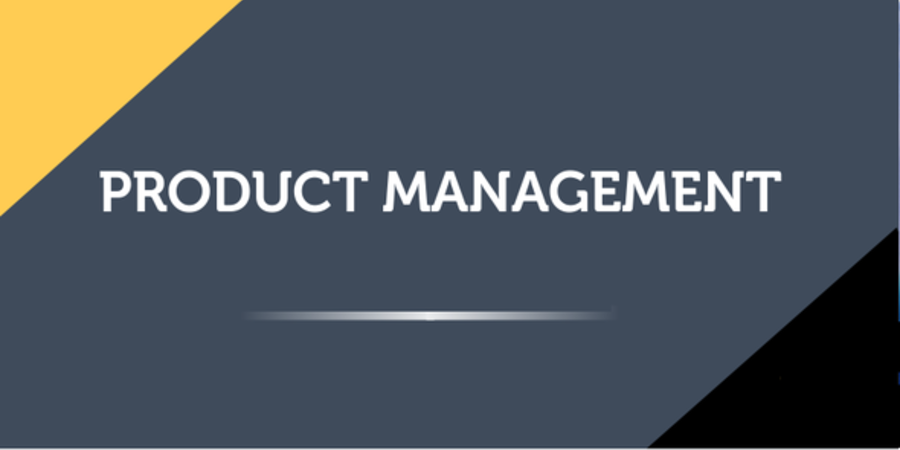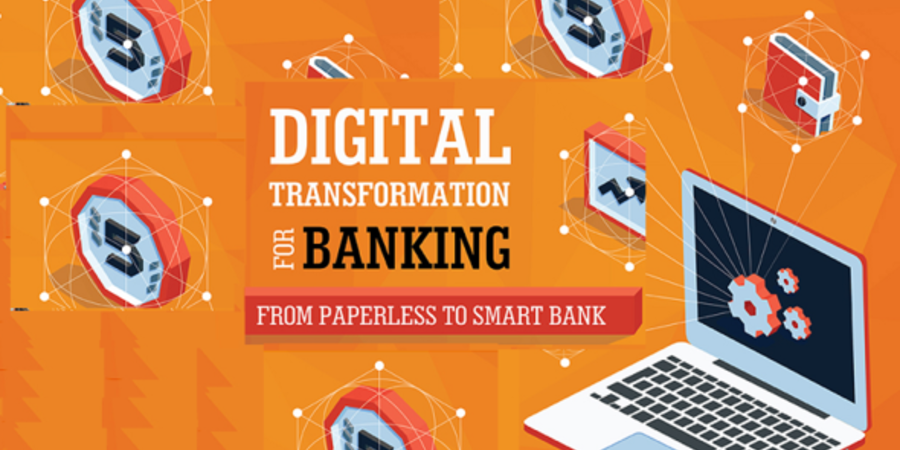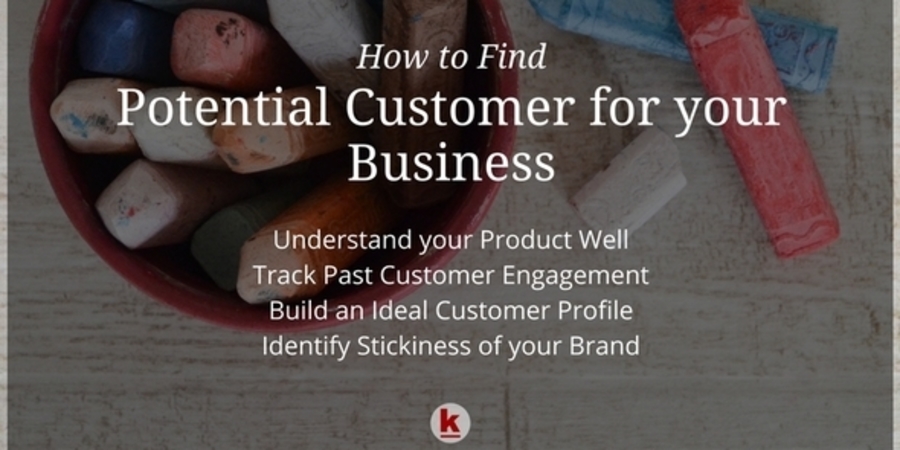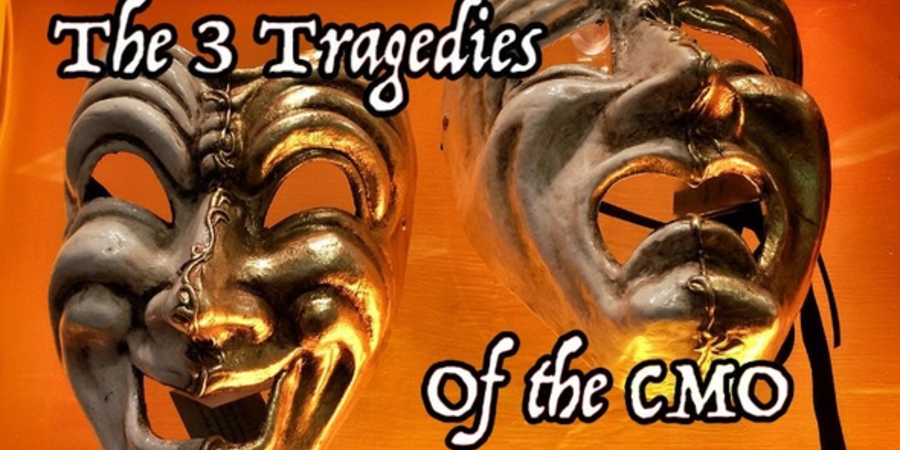Getting the most out of your upcoming trade show will require a lot of work before, during and after the show takes place. There are leads to follow, people to mingle with and a brand to build. Doing a trade show is like networking among the experts. While a trade show can be a fun experience, you’re there to get the best deals possible. Unfortunately, the leads you generate from trade shows may not turn into customers if you leave them alone. Leads take work, and you must follow the leads to work.












